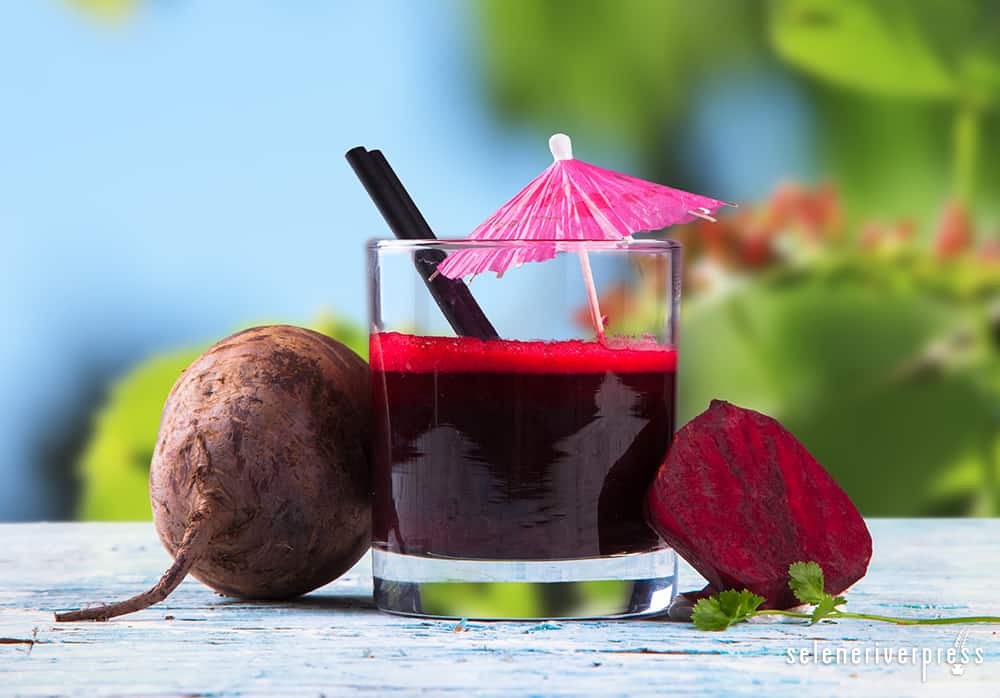Sounds dirty, doesn’t it? Well, quite honestly, it can be…until you grab a brush and do some scrubbing. Obviously, I’m talking about beets. After all, the beautiful beet is the main ingredient when it comes to getting your kvass on.
Kvass has humble origins in Eastern European countries, such as Russia, where it has been a staple in the kitchen for centuries. It’s relished for its blood and liver cleansing properties and, according to Sally Fallon’s Nourishing Traditions, it can even stave off morning sickness. What pregnant woman isn’t interested in that?
The kvass we’re discussing today combines the health benefits of beets with the life-giving properties of lacto-fermented foods. Seems like a tall order to fill, doesn’t it? Well, that’s the beauty of age-old recipes—they come from a time when the focus of food was providing what our bodies needed, rather than simply filling our growling stomachs with whatever can be made (or picked up) quickly.
In Nourishing Traditions (I love the information in the sidebars), there was discussion of this elixir as a digestive aid and healthy intestinal flora builder—especially for cancer patients, giving their bodies a natural boost while fighting off disease. Fermented beets, specifically, have a regenerating effect on the body. Mother Nature packed a lot of goodness into the beet!
The healing properties of the beet include blood sugar support (hence it’s use as morning sickness relief), which Standard Process packages into a supplement, Betafood. And beets are key to supporting gallbladder health, which you can read about in Gallbladder Matters.
While the word “kvass” is foreign to many Westerners, the recipe’s ingredients are familiar. Fallon’s recipe includes nothing more than organic beets, whey, sea salt, and filtered water. Oh, and a little bit of time. Other recipes on the Internet don’t even require whey. Apparently, whey will speed up the fermentation process, but if you’re avoiding dairy in all forms, you can still indulge in this lovely beverage—and any other fermented foods you’re drawn to.
It’s important to note that beets are, without a doubt, a high sugar vegetable, which is what makes it great as a fermentation medium. Those sugars are what feed the entire process and, given enough time, transform it into more of a tart, fizzy beverage than sweet drink. Of course, the longer the fermentation time, the more sour it becomes—and the less sugar content it has. If you prefer to keep some of its sweetness, curtail the process sooner. I’d recommend sampling it after a few days of fermenting and stop when it’s pleasing to your palate.
Furthermore, you don’t have to just drink it. You can add your beet kvass to all sorts of recipes.
- It makes an excellent addition to soups and offers a hint of sourness. When not heated afterward, it also brings beneficial enzymes and bacteria—so add it to your bowl rather than the pot.
- Use it instead of vinegar in your next salad dressing. Its sour nature makes it a simple way to boost your fermentation intake and add some variety to your salads.
- It even lends itself nicely to a Bloody Mary.
Whether you dive right in or ease into beet kvass consumption, don’t you think it’s time to get your kvass on?
Image from iStock/habovka.



